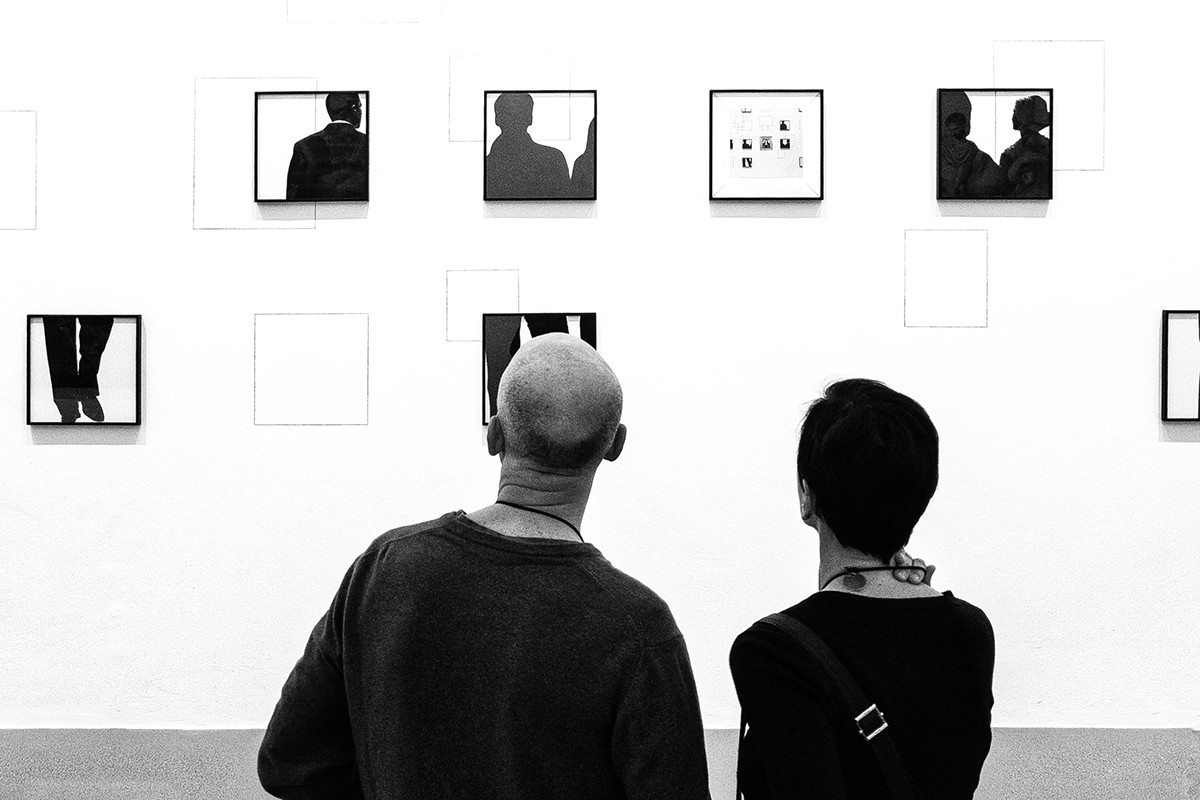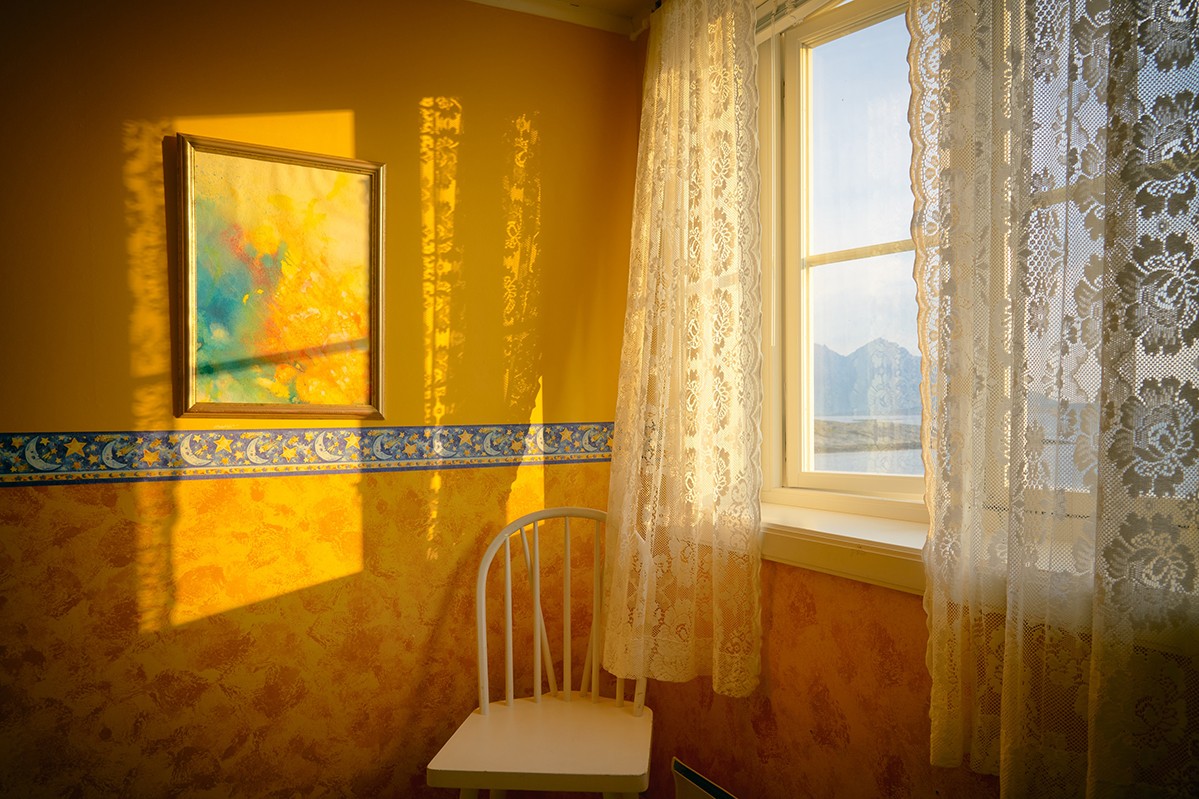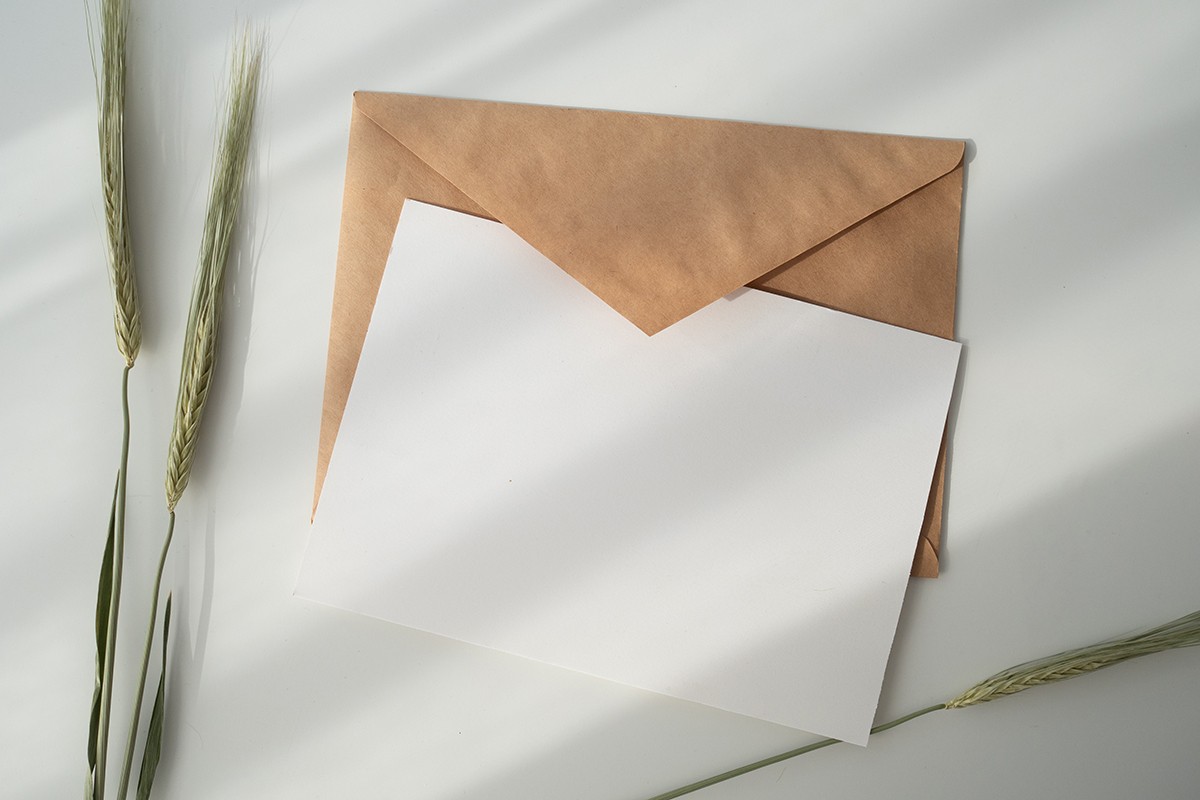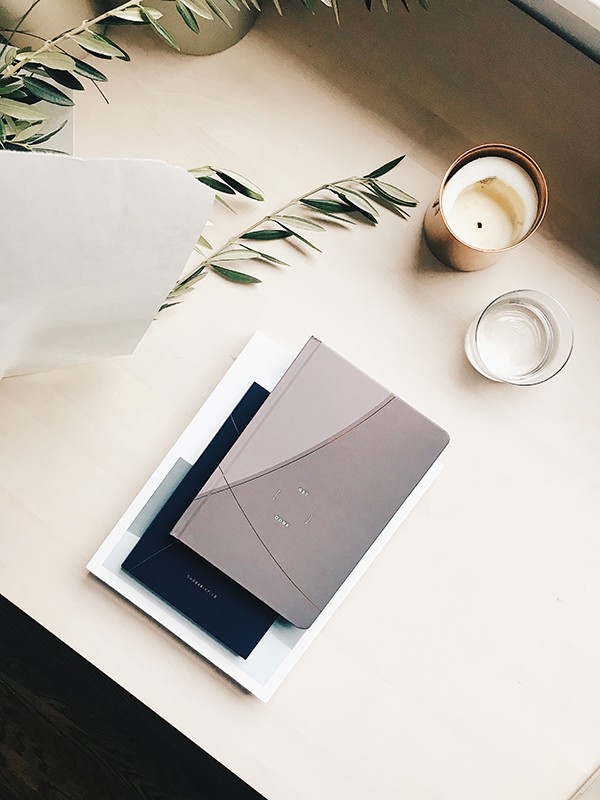Starting your own collection can be daunting. There are a lot of things to consider like your preference—from medium and technique to style and movement—and even the artist and their purpose in creating works of art. But all things considered, creating your own collection still is risky as it involves money and it’s safe to say that all of us would want to spend our money as wisely as possible. So we pooled together a few reminders to keep you on track financially when buying art.
Set A Budget
Just like in any other purchase you decide you’d make in the future, setting a budget for art would be the best first step before heading out and picking your first piece. Consider buying prints first; they may not be original but that doesn’t mean they’re worthless. Editions (especially those limited) make a good value for print pieces. Works on paper such as drawing and photography would, in general, be less expensive than works on canvas and any collectors on a budget should most likely consider these first.
While you’re working on your print collection, you can always start building a budget for your first big piece. If you find something you can’t afford yet, you can always start saving up for it. It’s always best to ask the gallery about their payment plans and terms to know which is best for you and your budget. Who knows? You could be bringing home your dream piece in a few month’s time.
Align With Home Interiors
When you don’t exactly know what type of art you’d want to collect or if the pieces you can afford to up your walls is limited (e.g., if space is small or cramped), always refer to your home’s interior design. This foolproof idea when making your purchase will make it easier for you to make wise decisions. Will this look good over the sofa? How about overhead in your bedroom? Pick a piece that would most enhance or stand out from your furniture and other decors.
Learn About Provenance and Establishing It
Every piece you decide to buy would have a certification for its authenticity. Most new works, especially those consigned under galleries or museums, would have a simple Certificate of Authenticity signed by the artist. For works that are dated from way back, it’s best to research about provenance first. First, it should be clear that provenance comes in many forms—from certificates to actual receipts. It’s never a bad thing to ask about a work’s provenance. After all, no one would want to buy bogus art.
(Social) Network
Networking does a lot more than just making friends in the industry. Aside from all the help you can get in deciding which piece to get, this will also increase the chance of you getting discounts and finding where to find precious art for a lot less than you’d expect them to be. These connections you’ll make will help you naturally expand your collection with the right pieces, especially with input from people who are more familiar with how the industry and its market work.
File Everything!
Once you get ahold of all the documents concerning the piece you just bought, make sure to store them in a safe place. Always remember to file all documents relating to your purchase: Certificate of Authenticity, receipts, catalogs, and even appraisals and condition reports if obtained. These documents will come in handy in the future to attest to the credibility of the work in your possession.





